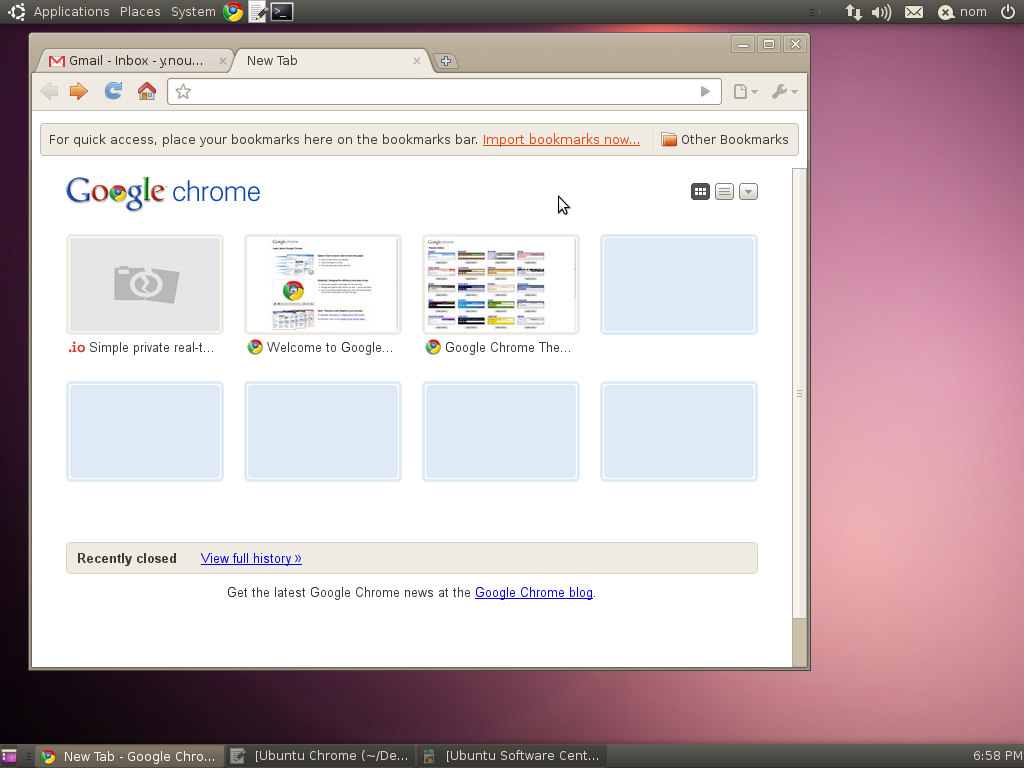

Step 1: Install Google YUM Repositoryįirst, create a new file called /etc//google-chrome.repo. We will use Google’s Linux software packages, which are signed with GPG keys that will automatically configure the package manager repository to install and update the Chrome browser whenever a new Chrome update is released. Step 2: Install Google Chrome Browser on Linux.In this tutorial, we will show you how to install the Google Chrome web browser in RedHat-Based Linux Distros like CentOS, Fedora, Rocky Linux, and AlmaLinux using Google’s own repository with the yum package manager tool.

The actual version is 1.124 and comes with a number of exciting fixes, features, and improvements. Recently, Google Chrome officially rolled out Chrome 108 version for Windows, Linux, and macOS operating systems. In other words, more than six in ten people use Google Chrome to browse the internet. Most of Chrome’s source code is taken from Google’s open-source software project Chromium, but Chrome is licensed as proprietary freeware, which means you can download and use it for free, but you cannot decompile, reverse engineer, or use the source code to build other programs or projects.Īs of November 2022, Google’s Chrome is the most used internet web browser in the world with a global market share of 65.86 percent. Therefore, download the version of chromedriver you need, unzip it somewhere on your PATH (or specify the path to it via a system property), then run the driver.Google Chrome is a most popular, fast, secure, and easy-to-use free cross-platform web browser developed by Google, and was first released in 2008 for Microsoft Windows, later versions were released to Linux, macOS, iOS, and also for Android. Finally, all you need to do is create a newĬhromeDriver instance: WebDriver driver = new ChromeDriver() Your PATH or specify its location via the Getting StartedĪppropriate prebuilt server. See also the section on overriding the Chrome binary location.

Windows Vista C:\Users\%USERNAME%\AppData\Local\Google\Chrome\Application\chrome.exeįor Linux systems, the ChromeDriver expects /usr/bin/google-chrome to be a symlink to the actual Chrome binary. Windows XP %HOMEPATH%\Local Settings\Application Data\Google\Chrome\Application\chrome.exe Mac /Applications/Google\ Chrome.app/Contents/MacOS/Google\ Chrome Location for each system: OS Expected Location of Chrome The server expects you to have Chrome installed in the default The ChromeDriver controls the browser using Chrome's automation proxy


 0 kommentar(er)
0 kommentar(er)
